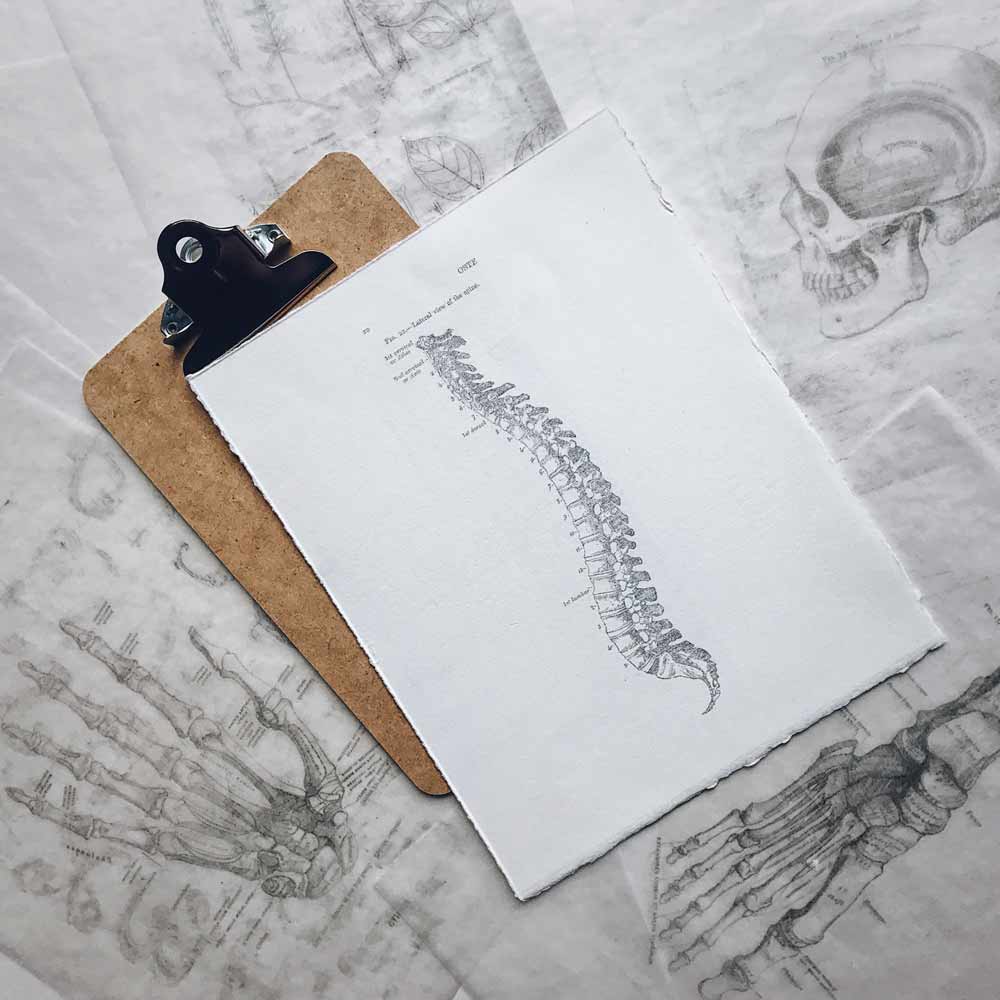
Chiropractic vs. Physical Therapy: A Career Comparison from a Chiropractic Perspective
At Life West, we are committed to the vitalistic approach to health, emphasizing the body’s inherent ability to heal and maintain itself, particularly through the correction of vertebral subluxations to enhance nervous system function. We recognize our position in the health sciences realm and often engage with students from various health and human sciences backgrounds, such as Kinesiology and Exercise Science, who are exploring their futures in healthcare professions. Many of these students find themselves weighing the merits of chiropractic versus physical therapy (PT) graduate degrees.
Both chiropractic care and physical therapy have an understanding of musculoskeletal health and play integral roles in their patients’ overall healthcare. Each profession offers the potential to profoundly impact patients’ lives. However, the philosophical underpinnings and career trajectories between the two can differ significantly.

Career Path: Entrepreneurship vs. Conventional Healthcare Roles
A significant allure of chiropractic is the feasibility of establishing a private practice. This entrepreneurial path is less common in physical therapy, where professionals often work within larger healthcare systems, facing challenges such as insurance referral requirements and high malpractice insurance costs. Chiropractic, with its focus on holistic, patient-centered care, offers more flexibility, allowing chiropractors to tailor their careers to their personal values, goals, and specialized interests without being as constrained by external market forces.
Employment Models and Their Impact on Career Growth
Chiropractic associateships offer a blend of entrepreneurial spirit and professional growth within established practices, providing a nurturing environment for both technical skill enhancement and business acumen development. This pathway often serves as a stepping stone to private practice, offering chiropractors a balance between patient care and administrative responsibilities.
Patient Experience: Empowerment vs. Compliance
The referral dynamics mentioned earlier have impacts beyond the billing/financial component. Many physical therapy patients find themselves referred to a PT by their physician, a pathway that may be viewed as necessary but not always embraced enthusiastically.
Chiropractic care, known for its rapid and effective responses, tends to foster a more dynamic and collaborative relationship between the doctor and patient. This patient-centric approach in chiropractic care not only emphasizes immediate impact but also empowers patients in their health and wellness journeys.
In summary
If your educational and professional journey has you at crossroads between chiropractic or physical therapy, make sure you take a serious look at Chiro. It’s essential to understand the distinct philosophies, career paths, and patient care models each offers. The vitalistic, subluxation-based approach of chiropractic emphasizes holistic well-being and a proactive partnership between chiropractor and patient, making it a uniquely rewarding career for those drawn to a dynamic, entrepreneurial, and deeply patient-focused healthcare model.





